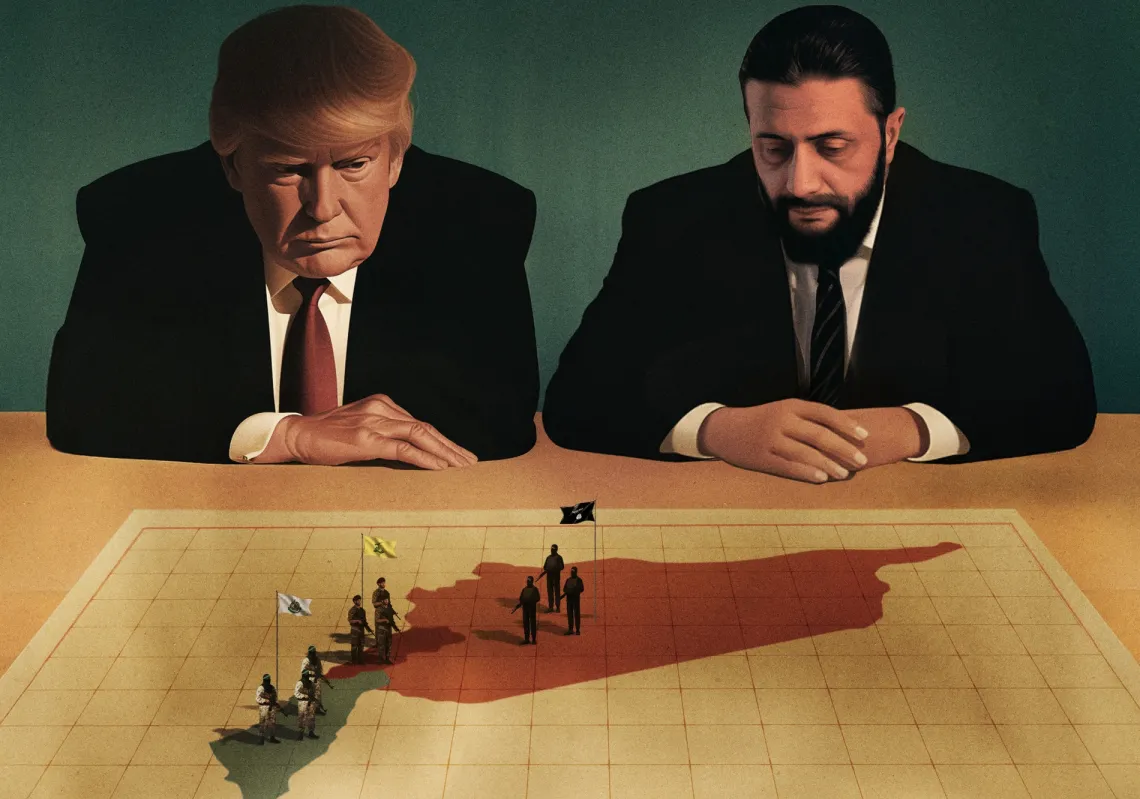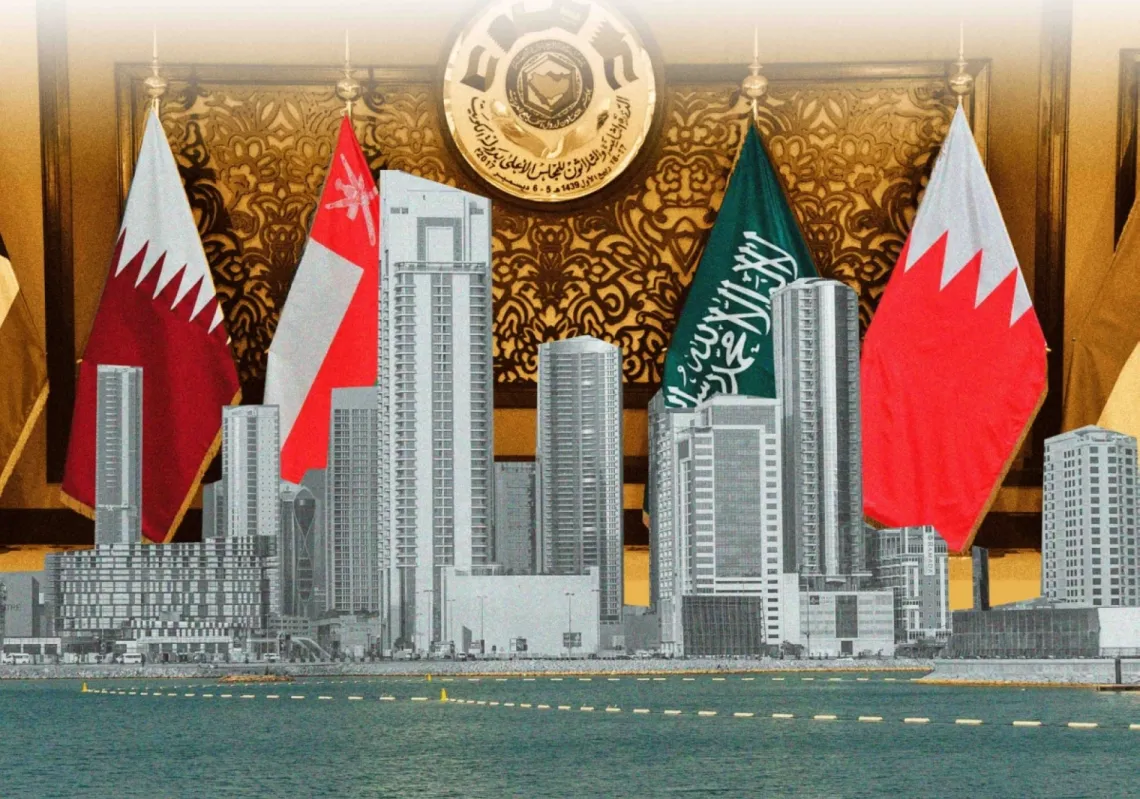When U.S. policymakers debate the future of Afghan women, they often frame a binary choice. The United States can either abandon them—as collateral damage of a foolhardy Western experiment imposed on an archaic society—or fight a forever war to protect them. But the notion that Afghan women must be either forsaken or defended in perpetuity is based on an antiquated view of Afghan society and on a misunderstanding of the path that Afghan women envision will sustain and protect their rights.
As the United States prepares to withdraw its troops from Afghanistan by September 11, it must strive to better understand what Afghan women have worked for and what they will need in order to secure their future. The U.S. pullout casts a dark shadow over the prospect of protecting Afghan women’s rights. But military disengagement does not have to mean relinquishing women’s gains. Washington and its allies still have tools at their disposal to help Afghan women defend their rights and to ensure that the state and security forces that Afghan women depend on remain intact.
HOMEGROWN REFORMS
The United States did not bring women’s rights to Afghanistan. The country’s reform and women’s rights agenda are deeply rooted and date as far back as the 1920s. By the 1970s, Afghanistan’s monarchy had gradually instituted policies advancing universal women’s and girls’ education and supporting their participation in virtually every sector of the workforce, particularly in urban centers. But in 1979, the Soviet Union invaded Afghanistan, plunging the country into a decades-long conflict that continues today. The Soviet-backed government imposed harsh radical reforms that unraveled the country’s indigenous modernization efforts and intensified conservative opposition to women’s rights. The Taliban regime’s draconian policies were the culmination of this radicalization. When they assumed power in 1996, they imposed national decrees that denied women and girls the right to education and work and severely restricted their mobility and access to health care.
In 2001, the United States and its coalition partners helped restore women’s rights—but Afghan women built for themselves a nationwide network of grassroots support. They ran for office, braving intimidation and violence on the campaign trail; established local radio programs to engage with the community on women’s rights and human rights; and won over religious authorities by gaining expertise in Islamic jurisprudence. Through such efforts, Afghan women won the goodwill of traditional religious leaders and communities.
Afghan women never asked for an indefinite U.S. troop presence to protect their rights. Long before support for Afghan peace gained traction among U.S. policymakers, women carried out rallies calling for an end to the conflict, conducted peace education in the provinces, engaged local Taliban leaders in informal dialogue, and called on world leaders to support a durable Afghan peace. In the last year, the Taliban have advanced a brutal assassination campaign, targeting and killing women’s rights advocates, journalists, and civil servants. Still, women activists continue to press for an end to war—on terms that include earnest negotiations between the Taliban and the Afghan Republic, establishing a cease-fire, and protecting women’s fundamental rights.
Many believed that the presence of U.S. troops could help secure these conditions by providing the United States with the leverage to demand them. Instead, in February 2020, the United States and the Taliban reached an agreement that did not involve the Afghan government or include any reference to Afghan women. Moreover, the Taliban failed to live up even to the terms of that agreement—but then U.S. President Donald Trump announced his intention to draw down U.S. troops anyway, thus emboldening the Taliban and reinforcing its perception that the peace agreement was little more than a cover for a U.S. exit strategy.
On April 14, 2021, U.S. President Joe Biden announced that the United States would withdraw its troops from Afghanistan without having the Taliban meet any conditions. That decision further stripped Washington of leverage. Sure enough, in the days that followed, the Taliban withdrew its participation from a scheduled, U.S.-backed peace conference in Istanbul.

LEAVING WITHOUT LEAVING WOMEN BEHIND
A group that won’t sit down to negotiate is unlikely to cede ground on the status of women. And women and girls will bear the brunt of whatever follows, whether it is the Taliban’s return, the fragmentation of the political order, or a civil war. Women who are their families’ sole breadwinners—including war widows—will likely pay the highest price for either instability or repression.
Policymakers such as Ambassador Zalmay Khalilzad, the top U.S. envoy to Afghanistan, hope that Taliban leaders, who have essentially been absent from Afghanistan for two decades, will take stock of the changed social landscape and adapt their policies accordingly. Polls show that more than half of Afghans support the right of women to run for president, and the vast majority are unwilling to accept a peace agreement that deprives women and girls of education. The Taliban will see that women in Afghanistan today serve as cabinet ministers, ambassadors, and legislators and participate in virtually every sector of the workforce.
But the evidence on the ground belies such hopes. In territories that the Taliban currently controls, women and girls have seen their schools closed, their movements curtailed, and other rights trampled. The Taliban continues to threaten and assassinate educated women, journalists, and rights activists.
The United States can still influence this course of events. Even after withdrawal, the United States and other allies will have potent diplomatic and economic tools at their disposal. Washington can start by supporting the United Nations, which it has pushed to lead peace efforts. The United States should prompt the UN Security Council to give the UN personal envoy and the United Nations Assistance Mission in Afghanistan the mandate and resources for an inclusive peace process.
Washington also has sway over the Taliban. Furious over long being treated as an international pariah, the Taliban values the status it gets from participating in U.S. peace negotiations and seeks to gain legitimacy from formal recognition. Washington and its allies should treat high-level meetings, invitations to international conferences, and other forms of diplomatic engagement as valuable assets to extend only if the Taliban respects the fundamental rights of women and the population.
Sanctions provide leverage of another kind. The Taliban are highly invested in seeing economic strictures removed. Washington and its allies must keep their sanctions firmly in place until the Taliban and Afghan government observe a sustainable cease-fire and reach a settlement that protects the fundamental rights of women and minorities. Moreover, Taliban leaders, convinced that they will be at the helm, have made their interest in receiving development aid clear. The United States and other donors have already tied future aid to strict conditions, threatening to cut off aid if the Taliban rolls back women’s rights and human rights. Washington must continue to impose targeted sanctions that penalize leaders, rather than more comprehensive ones that could hurt Afghan women and the general population who desperately need development and humanitarian support.
Ultimately, the future of Afghan women will depend almost entirely on the Afghan state, which must remain intact if it is to extend security and constitutional protection to women. After U.S. and NATO troops leave, the government and the Afghan National Defense and Security Forces will be the primary bulwarks defending Afghanistan’s institutions until a political settlement becomes possible. Washington must make sure that the Afghan government and the ANDSF have the funding and support they will need to withstand the Taliban’s coming military and political assault.

WASHINGTON’S IMPERATIVE
The United States has not only a moral but also a strategic imperative to continue supporting Afghan women. After the United States’ withdrawal, women will be forces of moderation that can stave off the country’s return to extremism and terrorism. They are leading efforts to push back extremist interpretations of Islam through arguments grounded in Islamic jurisprudence. Moreover, research shows that women are essential to securing a durable peace, fighting corruption, and fostering economic growth and stability.
On a visit to Kabul the day after the withdrawal announcement, U.S. Secretary of State Antony Blinken sent Afghan government leaders an encouraging signal in this regard, saying that “even when our troops come home, our partnership with Afghanistan will continue…. We’ll continue to support civil society and to advocate for equal rights for women, including their meaningful participation in the ongoing negotiations and their equal representation throughout society.”
The Biden administration must make sure that those words are more than empty rhetoric. The United States might be closing the military chapter of its relationship with Afghanistan, but it cannot close the book altogether—especially after helping Afghan women and youth to connect with the world and internalize the value of democracy and the possibility of choosing their future.
This article was originally published on ForeignAffairs.com.









